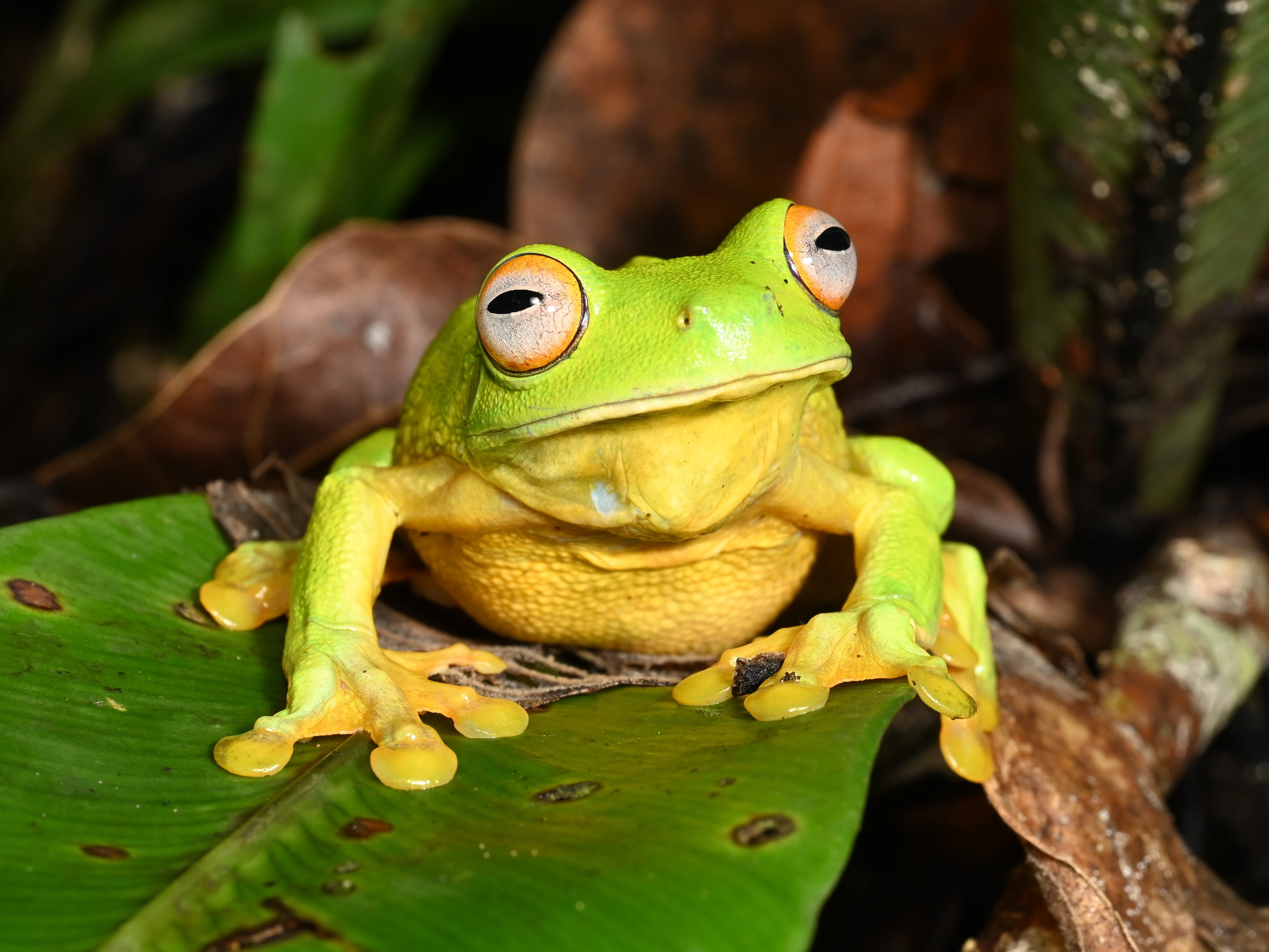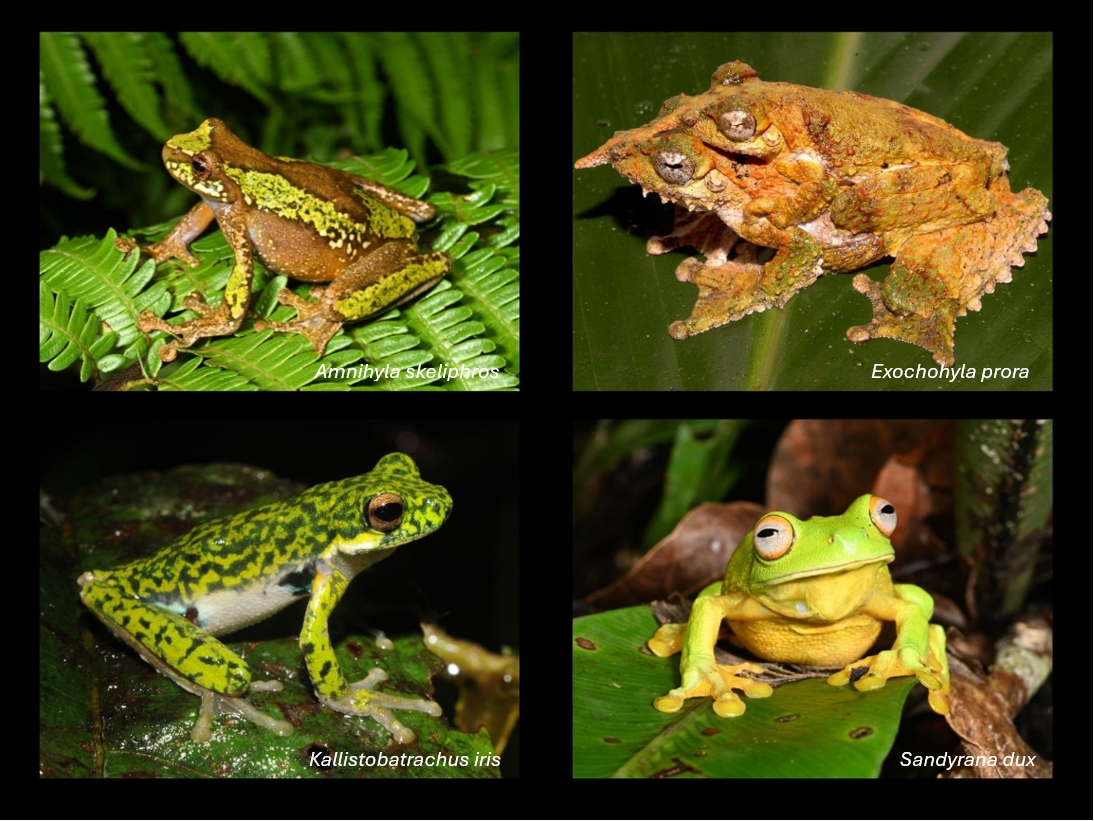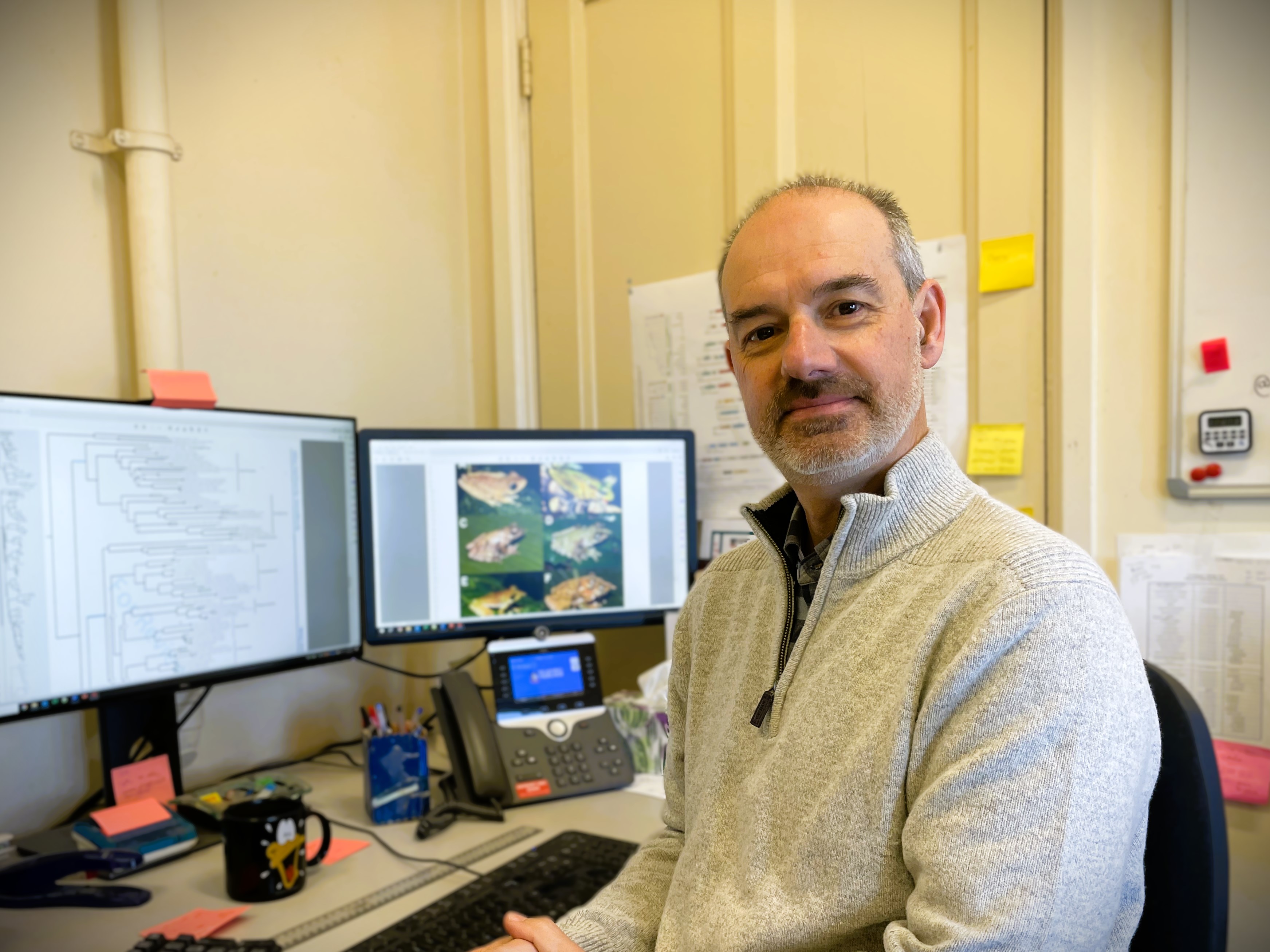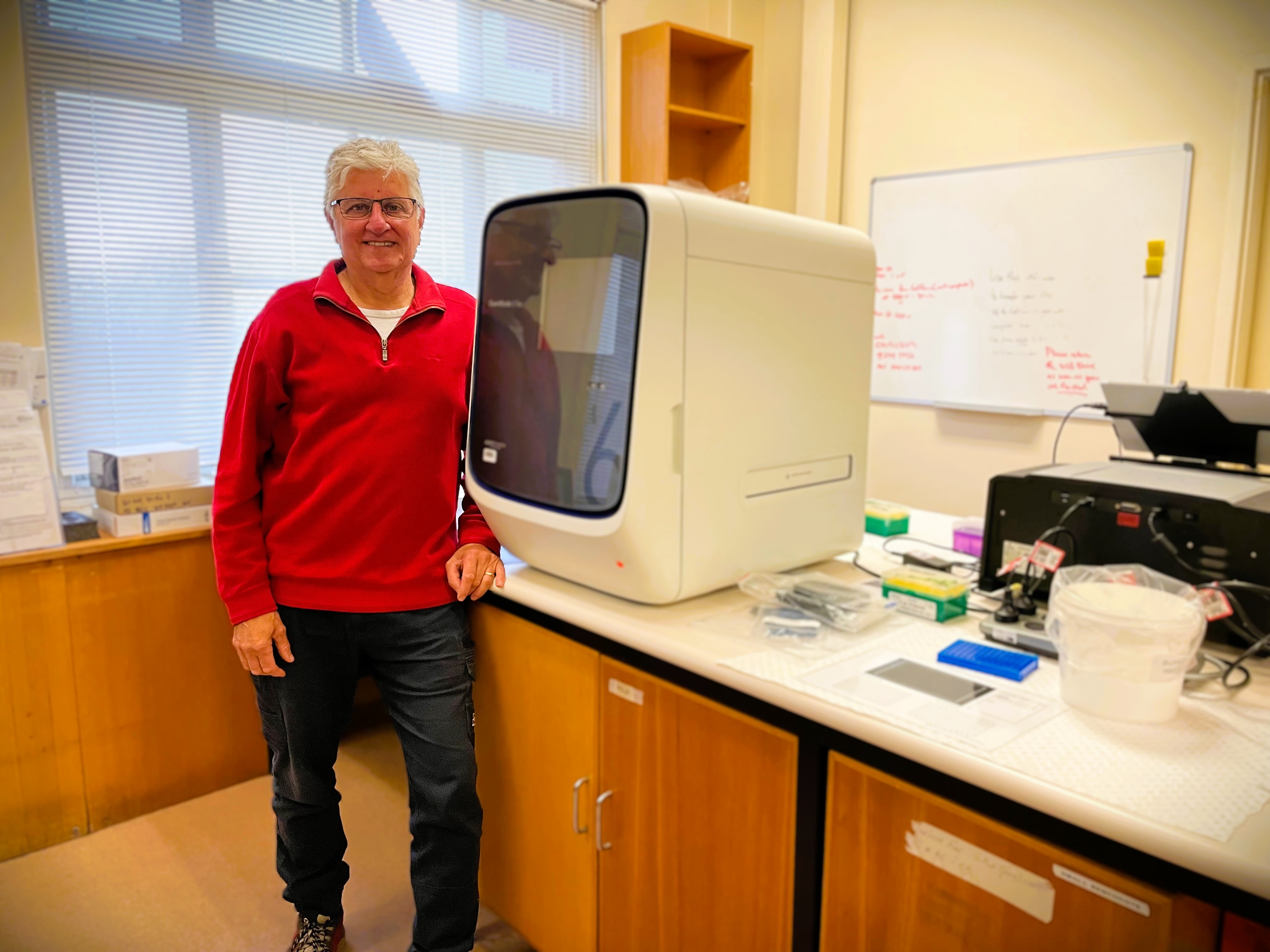
The ringing sonorous calls of our fabulous treefrogs can be heard from the tropical forests of the New Guinean highlands to the desert sands of central Australia; from the forests and woodlands of northern Australia to the alpine grasslands of the eastern highlands and Tasmania and into the Pacific to the Solomon Islands.
But that simple “moniker” of treefrog belies the underlying tremendous myriad of shapes, sizes and lifestyles among the 233 species – from15mm to 15cm in size, some with pointy noses, or transparent eardrums or lacy eyelids, from desert burrowers to torrential stream dwellers (as can be seen in the image below).

For more than 100 years the species were classified into just three genera!
It has taken three decades of field work and development of new DNA sequencing technology (which determined the chemical building blocks for life) for scientists to develop a new classification for the family that illuminates the long evolutionary history of treefrogs in Australia and Melanesia.
The new classification has dramatically overturned the status quo by recognising 35 genera, each recognisable by a distinctive suite of characteristics. The new classification provides an entirely new perspective on the importance of these frogs for estimating biodiversity values for conservation not just for individual species but also for ecological communities.
All thanks to the work of researchers from the South Australian Museum and their colleagues in Newcastle, Canberra, Perth, Germany and Florida.
Work that Museum Honorary Researcher Stephen Richards said has stretched back decades.
.JPG)
“I’ve been tramping through the New Guinea highlands and lowlands for the past 30 years,” he said. “New Guinea is so different to Australia, yet it is so close. I’ve conducted 50 to 60expeditions there and discovered and described nearly 150 new frog species.”
It was work that didn’t come without its hardships.
“One time I was on top of a mountain for 10 days with a leech in my eye,” he said. “Nobody could get it out.”
Stephen’s key role in the research was collecting frogs from across Melanesia, recording their mating calls, taking samples for DNA analysis and photographing the species in their wild state, including the amazing frog images above.
These data have been critical in supporting the taxonomic descriptions of many frogs – and in describing the family tree which formed the basis of the new classification.
He said the Melanesian frog collection at the Museum is one of the most significant in the world and is crucial to ongoing research into the biodiversity of our region.
“We also put together a “photo album” of the living frogs that really shows how amazing these frogs are in all of their forms, colours and ornamentations.”
“One of the biggest gaps we had in understanding the Australo-Papuan (the region of Australia and New Guinea including its surrounding islands) treefrogs was the poorly studied New Guinean fauna,’’ he said. “We’re improving our knowledge about biodiversity substantially with this paper.”
Museum bioinformatics researcher Terry Bertozzi helped generate some of the DNA data which stabilised the tree frogs’ taxonomy.

“The new classification comprising 35 genera, really intuitively demonstrates that the different genera have quite different biological characteristics and ecologies.”
“The new appreciation of the extent of the biodiversity of our tree frogs will improve their conservation prospects. It’s hard to save something that you don’t know exists or if you underestimate its contribution to ecological communities.”
Dr Bertozzi said the work would not have been possible without access to collections across various institutions, but the most important is the Australian Biological Tissue Collection at the South Australian Museum.
“Our tissue collection was critical for the DNA analysis as it has samples from all Australian frog species collected across the country since the early 1980’s,” he said. “We were able to run the DNA sequences through programs that calculated similarities and showed us the final family tree.
Evolutionary biologist Professor Steve Donnellan, who retired from the Museum in 2023 and is still active as a researcher, said the improvement in DNA technology was the breakthrough.

“This project started back in1993,” he said. “In those days we were quite limited in the amount of DNA we could read, just one or two genes.”
That all changed when the team started collaborating with DNA researchers in Florida, USA.
“They started sending back enormous amounts of genome data, from hundreds of genes,” Professor Donnellan said.
“Steve (Richards) was also getting access to really remote areas in New Guinea. That meant we could incorporate the new species that he was discovering and describing as he found them, a very exciting time!”
“With the DNA family tree we now had a way of recognizing the different genera and documenting the differences in their habitats, habits, mating calls, tadpoles and appearance.”
“By optimizing conservation approaches that retain these unique evolutionary histories we can now improve our ability to maintain biodiversity which is the basis of ecological resilience and survival, so important as our climate changes rapidly.”